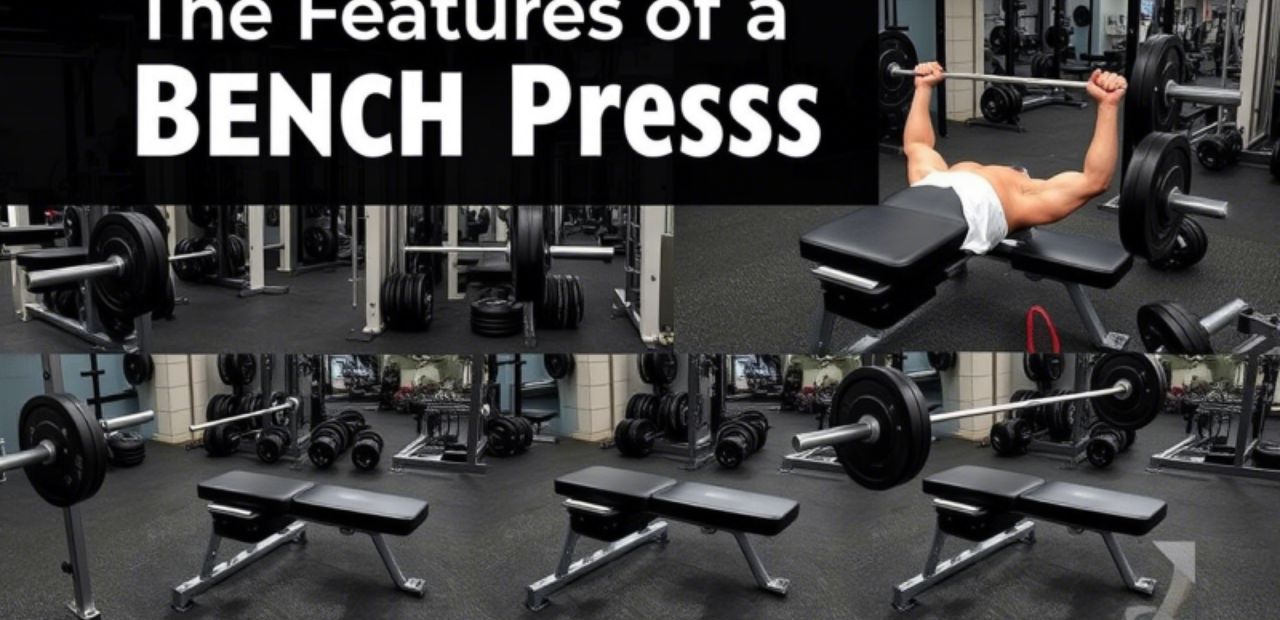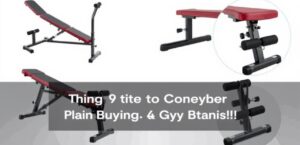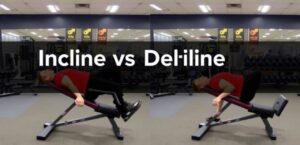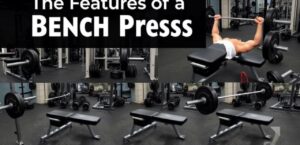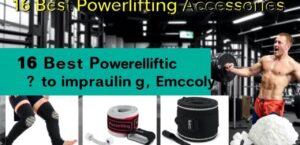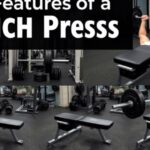Introduction
The bench press is one of the most popular and effective exercises for building upper body strength, especially in the chest, shoulders, and triceps.
Whether you’re a beginner or an experienced lifter, understanding the features of a bench press can help you make informed decisions when choosing the right equipment and perfecting your form.
In this article, we’ll explore the key features of a bench press, its different types, and how each component contributes to your workout goals.
What is a Bench Press?
A bench press is a weightlifting exercise that involves lying on a bench while pushing a barbell or dumbbells away from your chest.
It is a compound movement that targets multiple muscle groups, with the chest being the primary focus. The exercise is commonly performed in gyms but can also be done at home with the right equipment.
The Features of a Bench Press: Key Components
Adjustable Seat and Backrest
One of the most important features of a bench press is the adjustable seat and backrest. This allows users to modify the angle of the bench to target different muscles. For example:
- Flat Bench: A flat bench is the most common option and is used for the traditional bench press exercise.
- Incline Bench: Adjusting the backrest to an inclined position shifts the focus to the upper chest and shoulders.
- Decline Bench: A decline bench targets the lower portion of the chest and helps to build the lower pectoral muscles.
An adjustable seat and backrest provide versatility, allowing you to switch between various exercises and adjust your form for optimal results.
Sturdy Frame and Construction
The frame of a bench press is another critical feature. It should be made of high-quality steel or heavy-duty materials that can withstand heavy loads. A sturdy frame ensures that the bench press remains stable during your workout, preventing accidents or wobbling when lifting heavy weights.
Look for benches with a wide base for added stability. This is especially important if you plan to perform exercises like heavy barbell bench presses, as a wobbly or unstable bench can affect your form and performance.
Safety Features
Safety should always be a top priority when using a bench press. Look for models that include safety hooks or spotter arms. These features are designed to catch the barbell if you lose control of it during your set. Some advanced models also come with built-in weight storage, which helps to keep your workout area organized and reduces the risk of injury from tripping over loose weights.
If you’re working out alone, these safety features are crucial for ensuring a safe lifting environment.
Padding and Comfort
Comfort is an often-overlooked aspect of a bench press, but it plays a major role in your ability to complete a set effectively. A good bench press will have thick, durable padding on both the seat and the backrest. This padding should be firm enough to support your body, but soft enough to avoid discomfort during your lifts.
Additionally, the padding should be non-slip to ensure you remain stable during your workout. Look for benches with high-density foam or vinyl covering for durability and long-lasting comfort.
Weight Capacity
The weight capacity of a bench press is an important feature to consider. You need to ensure that the bench can support your body weight as well as the additional load of the weights you’ll be lifting. Most quality benches can handle between 500 to 1000 pounds, but it’s essential to check the specifications before purchasing.
If you’re lifting heavy weights, opt for a bench press with a higher weight capacity to ensure stability and safety.
Space and Portability
If you’re setting up a home gym, consider the space and portability of your bench press. Some benches are designed to be foldable or compact, allowing you to store them easily when not in use. This feature is particularly useful if you have limited space at home but still want the flexibility to perform a range of exercises.
For larger commercial gyms, larger and more robust bench presses might be suitable, as they are designed for heavy-duty use and can accommodate multiple users.
Benefits of Using a Bench Press
The bench press offers numerous benefits that can enhance your strength and overall fitness levels. Some of the key benefits include:
- Upper Body Strength: The bench press is one of the best exercises for building upper body strength, particularly in the chest, shoulders, and triceps.
- Improved Posture: Regularly incorporating the bench press into your workout routine can help correct poor posture by strengthening the muscles that support the spine and shoulders.
- Increased Muscle Mass: By performing the bench press with progressively heavier weights, you stimulate muscle growth in the upper body, leading to increased muscle mass and definition.
- Enhanced Athletic Performance: A strong upper body is essential for athletes, especially those involved in sports that require explosive power or strength, such as football, wrestling, or swimming.
Conclusion
Understanding the features of a bench press is essential for maximizing your workout and ensuring you select the right equipment for your fitness goals. From adjustable backrests to safety features, each component plays a vital role in making the bench press a versatile, effective, and safe exercise. Whether you’re working out at home or in the gym, investing in a quality bench press will help you build upper body strength, improve your posture, and achieve your fitness goals faster.
Don’t forget to always use proper form, and if you’re lifting heavy, make sure to have a spotter or safety features in place. Happy lifting!

Emily Rose Johnson is a passionate writer with a knack for crafting engaging content. She specializes in communication strategies, digital marketing, and creative storytelling.
